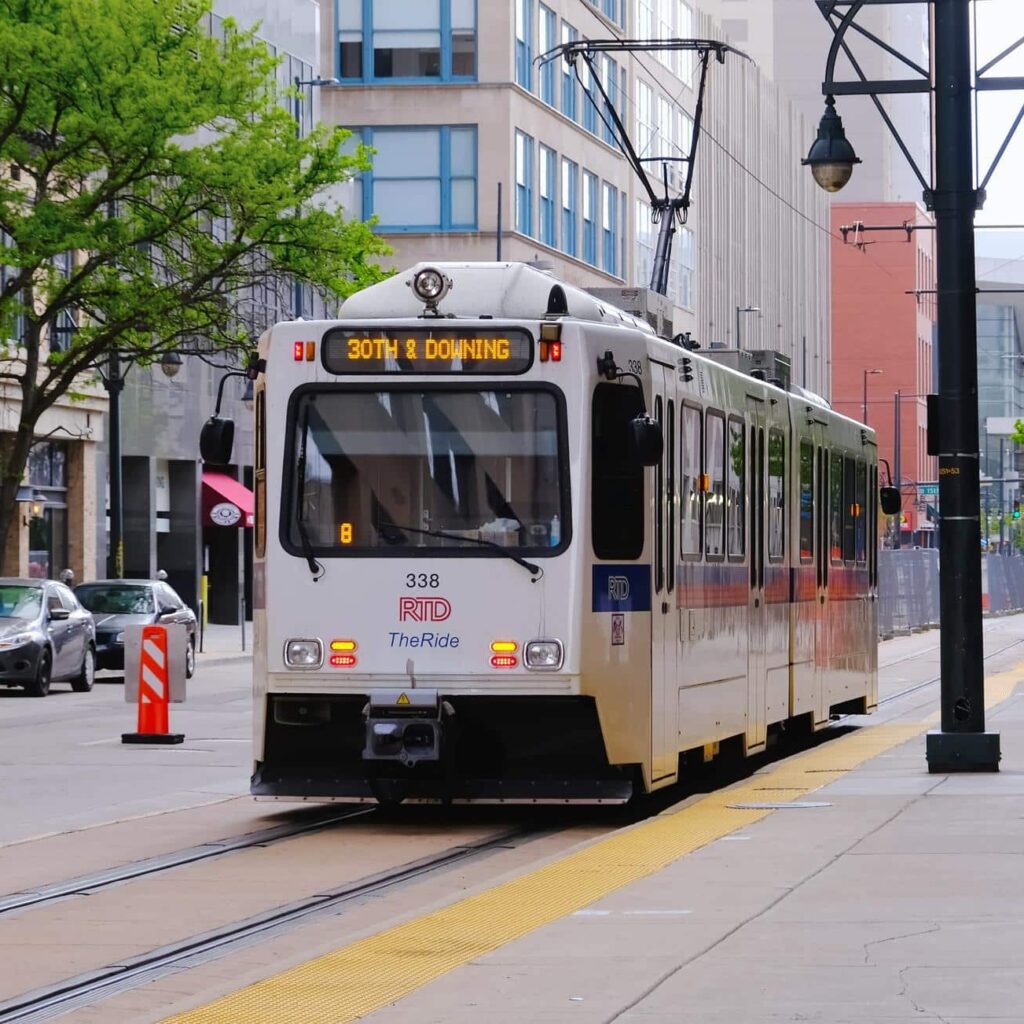Addressing Colorado’s Housing Crisis
How HB24-1313 Solves These Problems
HB24-1313 addresses these challenges by establishing Housing Opportunity Goals (HOGs) that require local governments to meet zoning capacity targets based on achieving densities of at least 40 dwelling units per acre in transit areas. Specifically, areas within a half-mile of rail stations or a quarter-mile of frequent bus routes must accommodate a minimum housing density of 15 units per acre. To further encourage development, the bill also mandates administrative approvals for qualifying housing projects, significantly reducing development delays and uncertainties.
Additionally, HB24-1313 emphasizes affordability and displacement prevention by requiring local governments to implement specific measures that ensure the availability of affordable housing and protect current residents from displacement.
Who Benefits from HB24-1313?
- Renters & Homeowners: Greater housing supply near transit can provide more affordable housing options and significantly reduce transportation expenses.
- Workers & Local Businesses: Improved access to transit-oriented housing means shorter commutes, improved workforce access, and stronger local economies.
- The Environment: Encouraging denser, transit-oriented communities reduces vehicle reliance, lowers emissions, and promotes sustainable development patterns.
Implementation Timeline and Responsibilities
Implementation of HB24-1313 began on May 13, 2024, and will require coordinated action by local governments within metropolitan planning areas serving populations over 4,000 with qualified transit zones. Key upcoming deadlines include:
- Department of Local Affairs (DOLA) publishing transit area maps by September 30, 2024.
- Local governments submitting preliminary assessment reports by June 30, 2025.
- Finalizing housing opportunity goal reports and strategies by December 31, 2026.
Further Reading and Related Policies
- SB24-106 (Eliminating Minimum Parking Requirements Near Transit)
- HB24-1152 (Accessory Dwelling Units in Residential Zones)
Additional analysis and details can be found in the SWEEP Blog and through the official Colorado General Assembly Bill Page.

